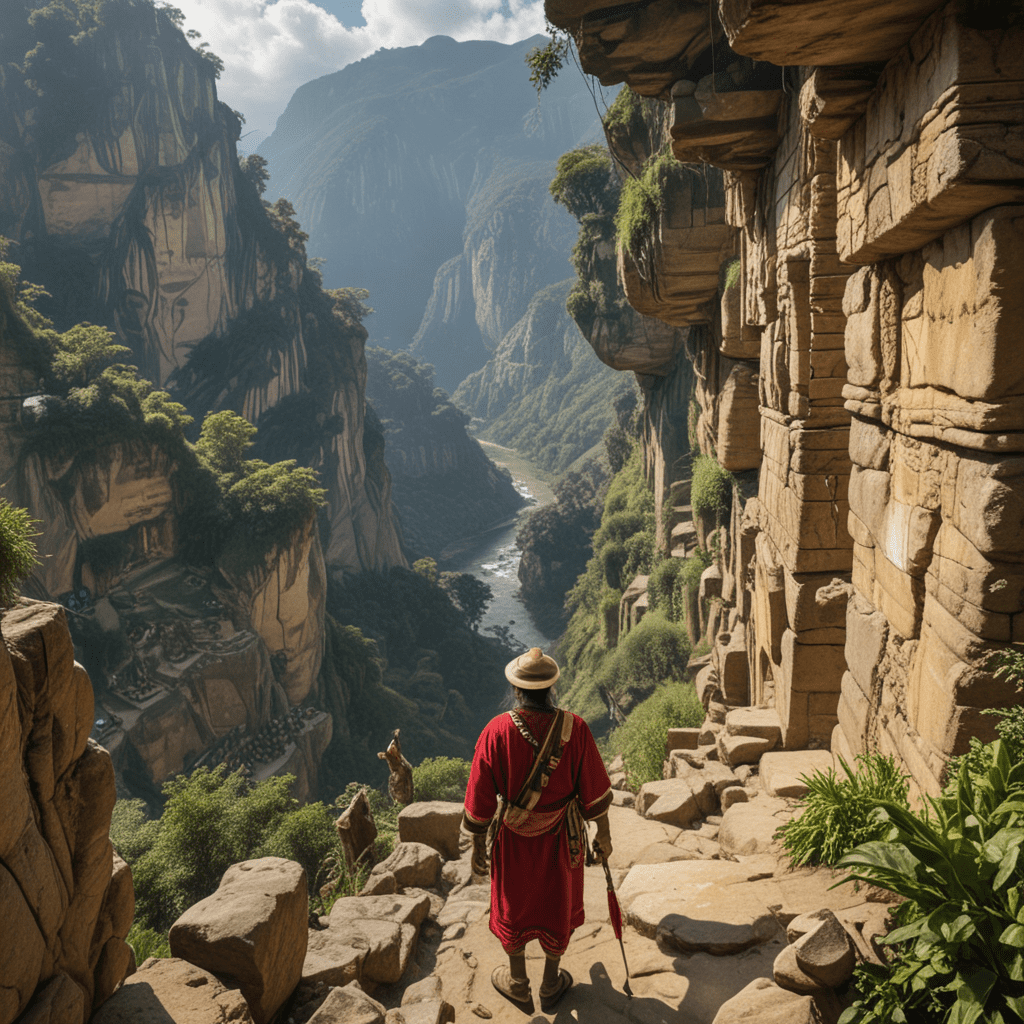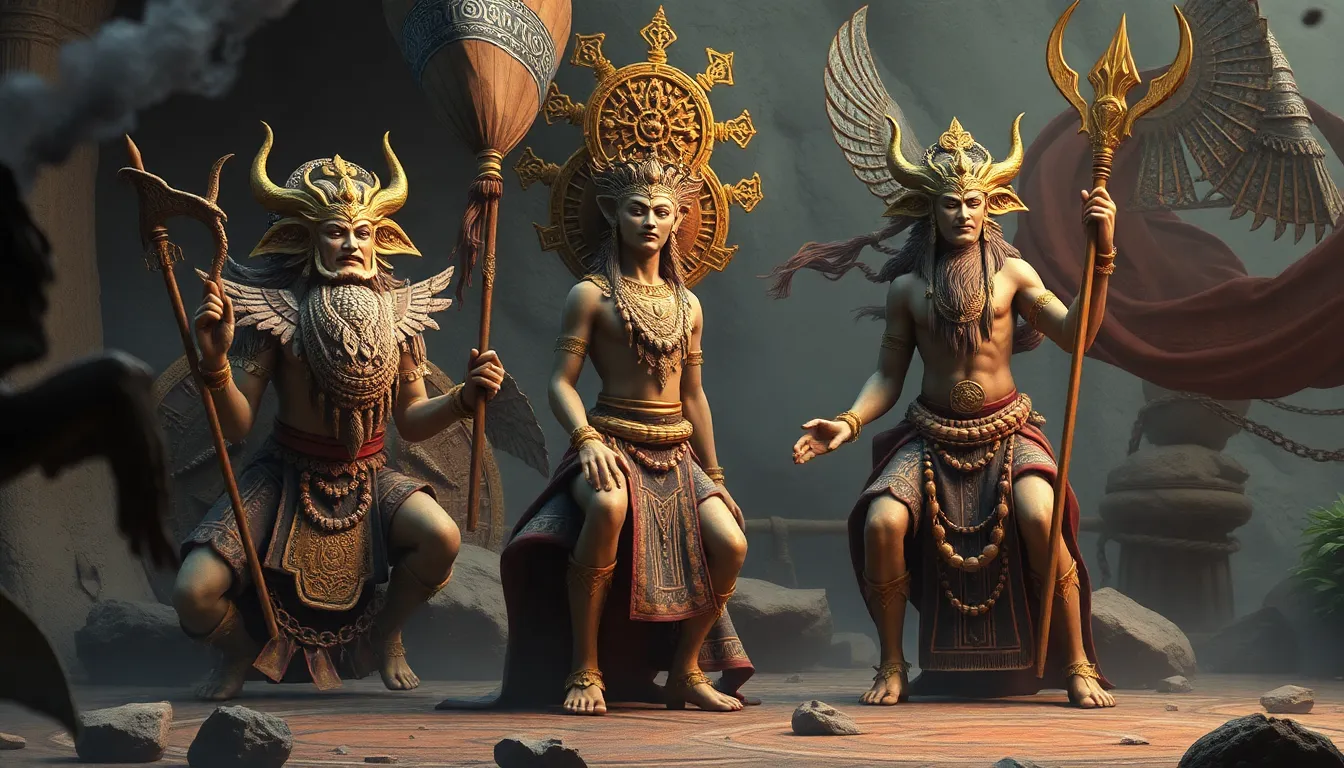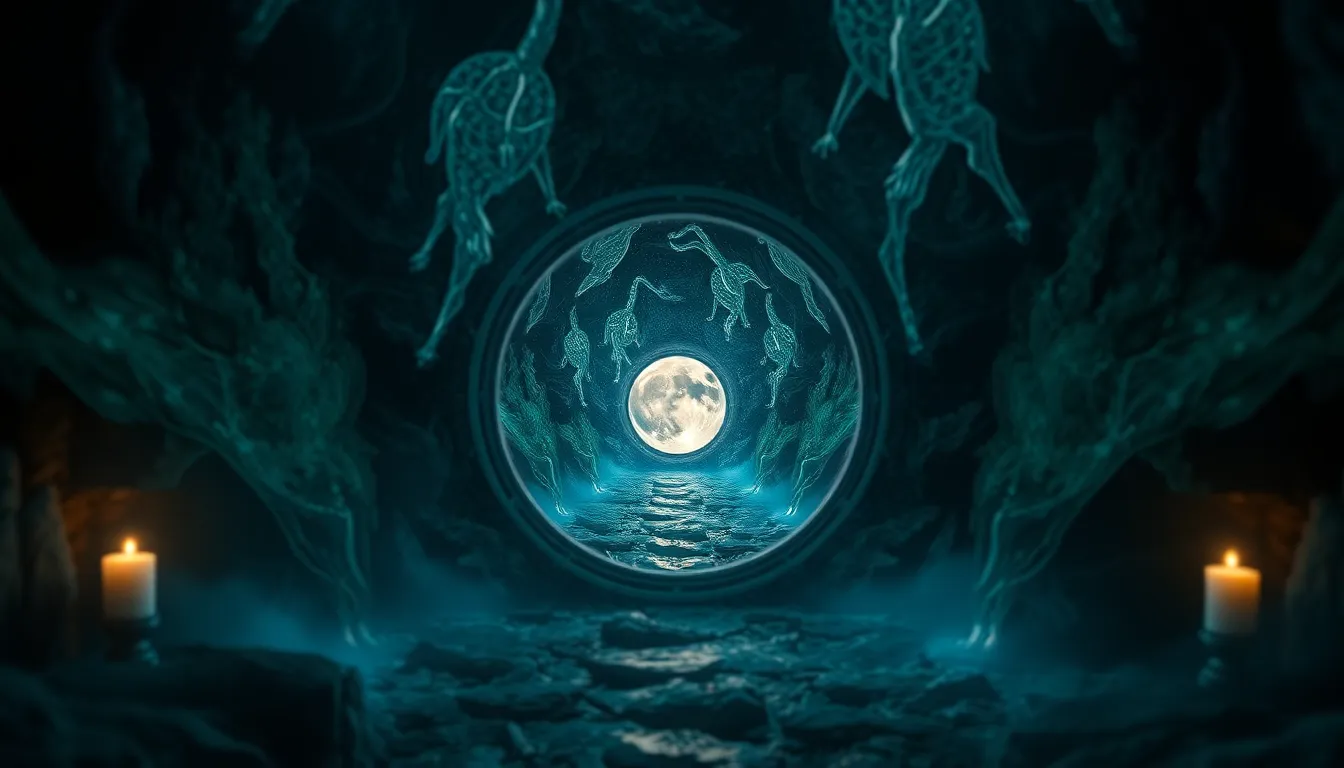1. Origins and History of the Chachapoya People
Nestled in the verdant valleys of Peru's northern Andes, the enigmatic Chachapoya people flourished for centuries, leaving behind a legacy of architectural wonders, myths, and legends that continue to captivate imaginations. The origins of the Chachapoya are shrouded in mystery, but evidence suggests they emerged around 800 AD, developing a distinct culture that differed significantly from their Inca neighbors.
The Chachapoya established their kingdom in an inhospitable terrain, constructing intricate fortresses, terraces, and irrigation systems that demonstrated their architectural prowess. They lived in communal villages, relied on agriculture and animal husbandry for sustenance, and developed a complex social structure with a powerful elite class.
2. The Kuelap Fortress: An Architectural Marvel
Towering over the landscape at an altitude of 3,000 meters, the Kuelap Fortress stands as a testament to the Chachapoya's ingenuity and architectural mastery. This colossal stone structure, built around 1000 AD, boasts immense platforms, towers, and a vast network of walls that encircle the hilltop. Perched on the edge of a precipitous cliff, Kuelap provided a strategic vantage point and defensive advantage, making it a formidable stronghold.
The fortress's walls, constructed from massive stones and mortar, stretch for several kilometers, enclosing an area of over 6 hectares. Within its walls, the Chachapoya built homes, workshops, storage facilities, and ceremonial structures. Kuelap's layout and sophisticated hydraulic systems indicate a highly organized society with a significant population.
3. A Sacred Lake
At the heart of the Chachapoya kingdom lay a sacred lake, believed to possess mystical powers and a connection to the underworld. According to legend, the lake was a portal to the afterlife, and the Chachapoya performed rituals and ceremonies on its shores, seeking blessings and guidance from their ancestors.
The lake's waters were considered sacred, and it was a place of pilgrimage for Chachapoya people from across their kingdom. They believed that bathing in the lake's waters could cleanse them of impurities and bring them closer to the divine realm. The lake also held immense cultural significance, and many myths and legends were woven around its shores.
4. The Legend of the "Warriors of the Clouds"
One of the most enduring legends of the Chachapoya is the tale of the "Warriors of the Clouds," a fierce and indomitable army that fought valiantly against the invading Inca Empire. According to legend, these warriors were blessed with supernatural powers and could summon clouds to conceal their movements, making them formidable opponents on the battlefield.
The Inca, led by the great emperor Pachacuti, attempted to conquer the Chachapoya kingdom around 1470 AD. However, the Chachapoya, under the leadership of their king Ollantaitambo, resisted fiercely, using their knowledge of the terrain and the strategic advantages of their fortresses to their advantage.
5. The Shamanic Rituals and Beliefs
The Chachapoya people held a deep connection to the natural world and believed in a complex system of animism, where spirits dwelled in all things. They practiced shamanic rituals and ceremonies to connect with these spirits, seeking guidance, healing, and protection.
Shamans, known as "Curanderos," played a vital role in Chachapoya society, serving as healers, spiritual guides, and mediators between the world of humans and the realm of the spirits. They performed rituals involving music, dance, and hallucinogenic substances to enter a trance-like state, communicating with spirits and seeking knowledge and wisdom.
6. The Chachapoya Mummies: Preserved Ancestors
The Chachapoya people practiced a unique form of mummification, preserving their dead in a manner that allowed their bodies to remain intact for centuries. These mummies, often found in underground tombs, provide valuable insights into the Chachapoya culture and their beliefs about the afterlife.
The Chachapoya mummies are typically wrapped in layers of cotton and wool, with their heads covered in elaborate headdresses. Their bodies are often adorned with jewelry, ornaments, and other personal belongings. The mummies exhibit a wide range of physical characteristics, indicating that the Chachapoya people were a diverse population.
7. The “Revash” and the Creation Myth
The "Revash" is a central figure in Chachapoya mythology, often depicted as a half-human, half-feline creature. According to legend, the Revash created the world and all living beings, including the Chachapoya people. He is also said to have given them knowledge and culture, and to have guided them throughout their history.
The Revash is a revered figure in Chachapoya tradition, and his image can be found in many Chachapoya artifacts, including pottery, textiles, and sculptures. He is also often depicted in the elaborate murals that adorn the walls of Chachapoya fortresses and temples.
8. The Legacy of the Chachapoya in Peruvian Culture
The Chachapoya people left a lasting legacy in Peruvian culture. Their architectural achievements, such as the Kuelap Fortress, continue to inspire awe and admiration. Their mummies and artifacts provide valuable insights into their culture and beliefs, and their legends and myths continue to be passed down through generations.
The Chachapoya people are recognized as an important part of Peru's cultural heritage, and their legacy continues to be celebrated. Their influence can be seen in modern Peruvian art, music, and literature, and their spirit lives on in the hearts of the Peruvian people.
9. Conservation and Tourism in the Chachapoya Region
The Chachapoya region is a popular tourist destination, attracting visitors from around the world who are eager to explore the ancient ruins and learn about the Chachapoya culture. However, it is important to ensure that tourism does not damage the region's fragile ecosystem or cultural heritage.
Conservation efforts are underway to protect the Chachapoya ruins and their surrounding environment. These efforts include regulating tourism, restoring damaged structures, and educating visitors about the importance of preserving the region's cultural heritage.
10. FAQ
Q: Where is the Chachapoya region located?
A: The Chachapoya region is located in the northern Andes of Peru, in the Amazonas and San Martin regions.
Q: What is the significance of the Kuelap Fortress?
A: The Kuelap Fortress is a UNESCO World Heritage Site and is considered one of the most important pre-Columbian archaeological sites in the Americas.
Q: Are there any Chachapoya mummies on display?
A: Yes, there are several Chachapoya mummies on display at museums in Peru, including the Museo Leymebamba and the Museo de la Nación in Lima.
Q: Can I visit the Chachapoya region?
A: Yes, the Chachapoya region is accessible to tourists. However, it is important to be aware of the altitude and to take precautions to avoid altitude sickness.
Q: What is the best time to visit the Chachapoya region?
A: The best time to visit the Chachapoya region is during the dry season, which runs from May to September.



